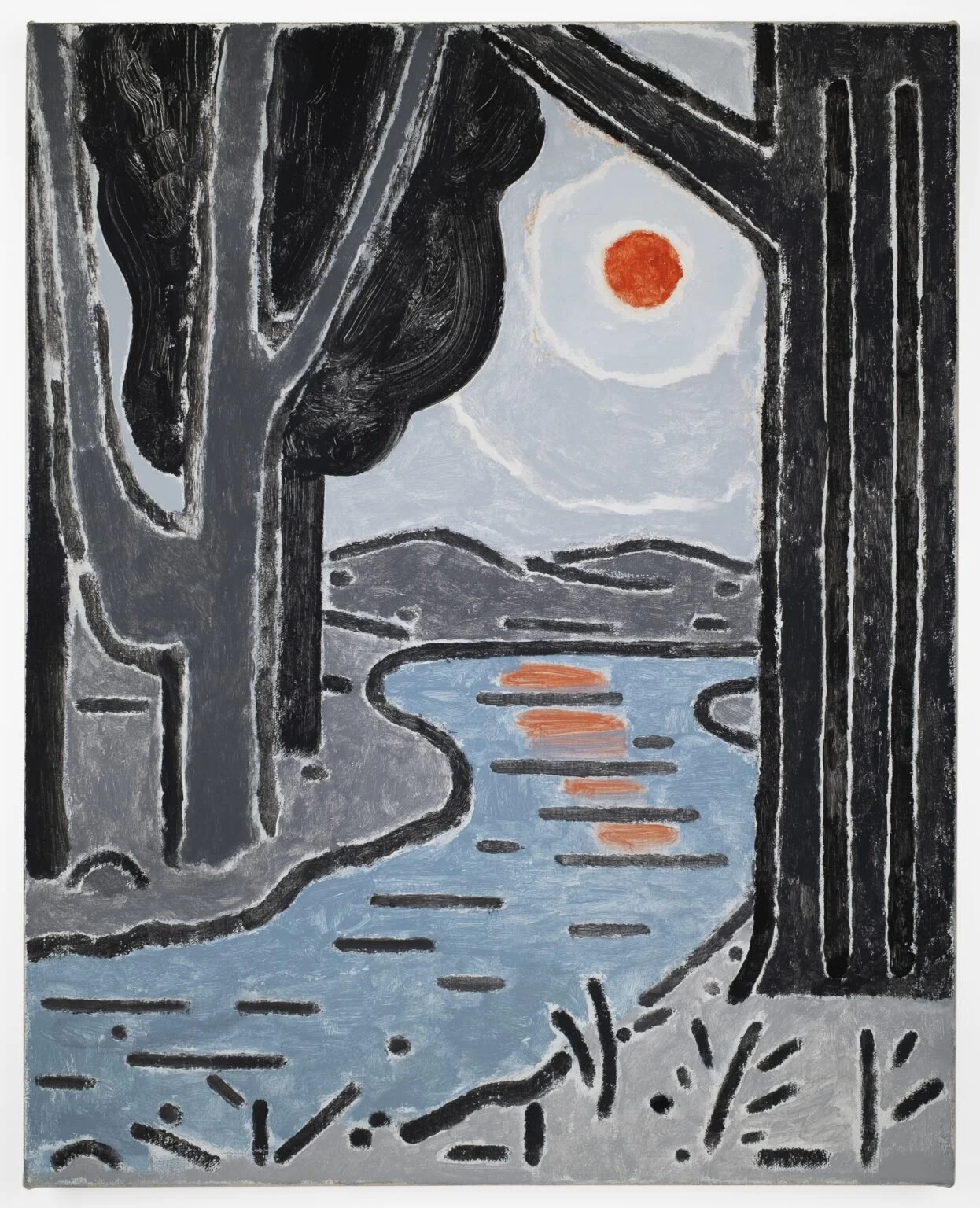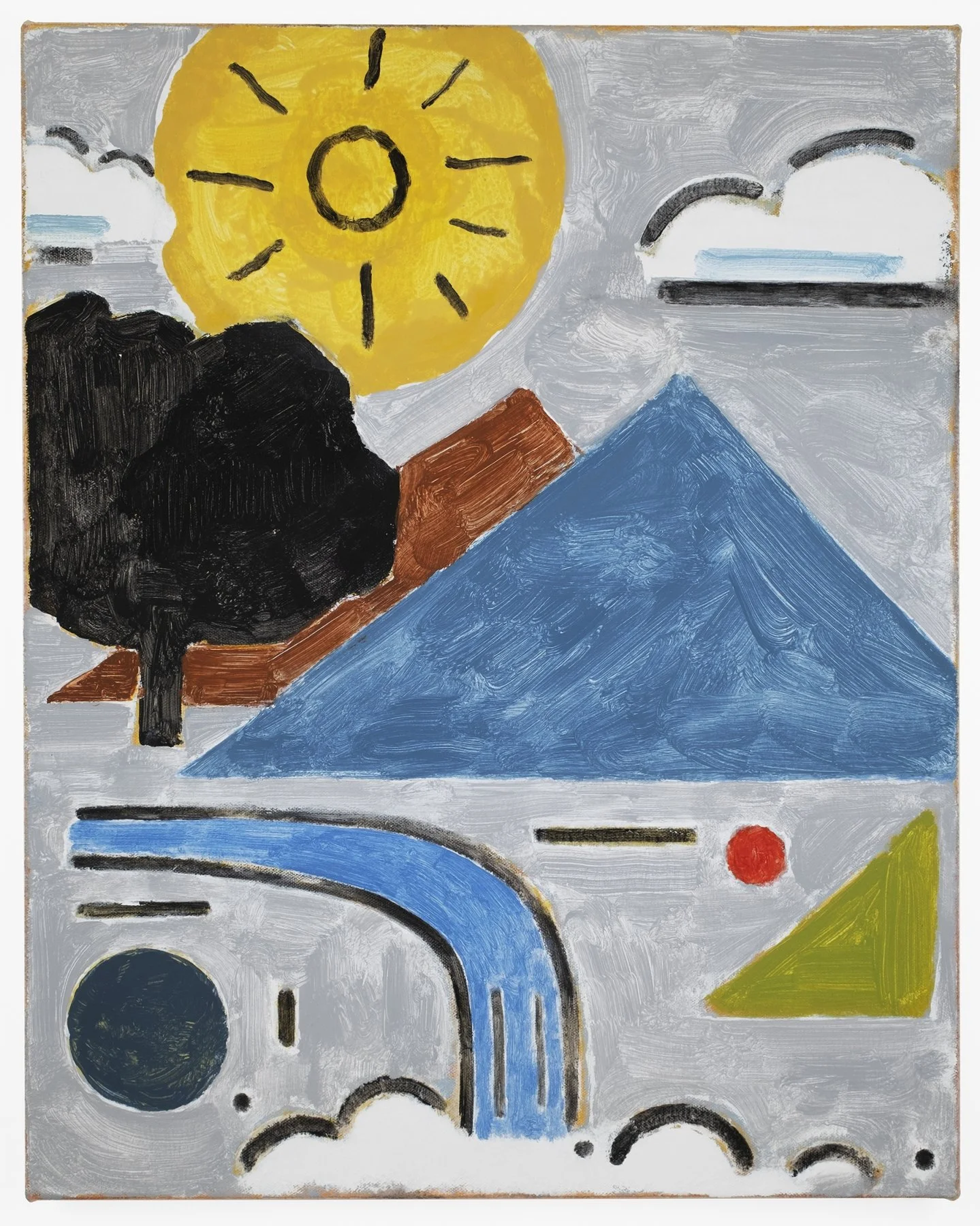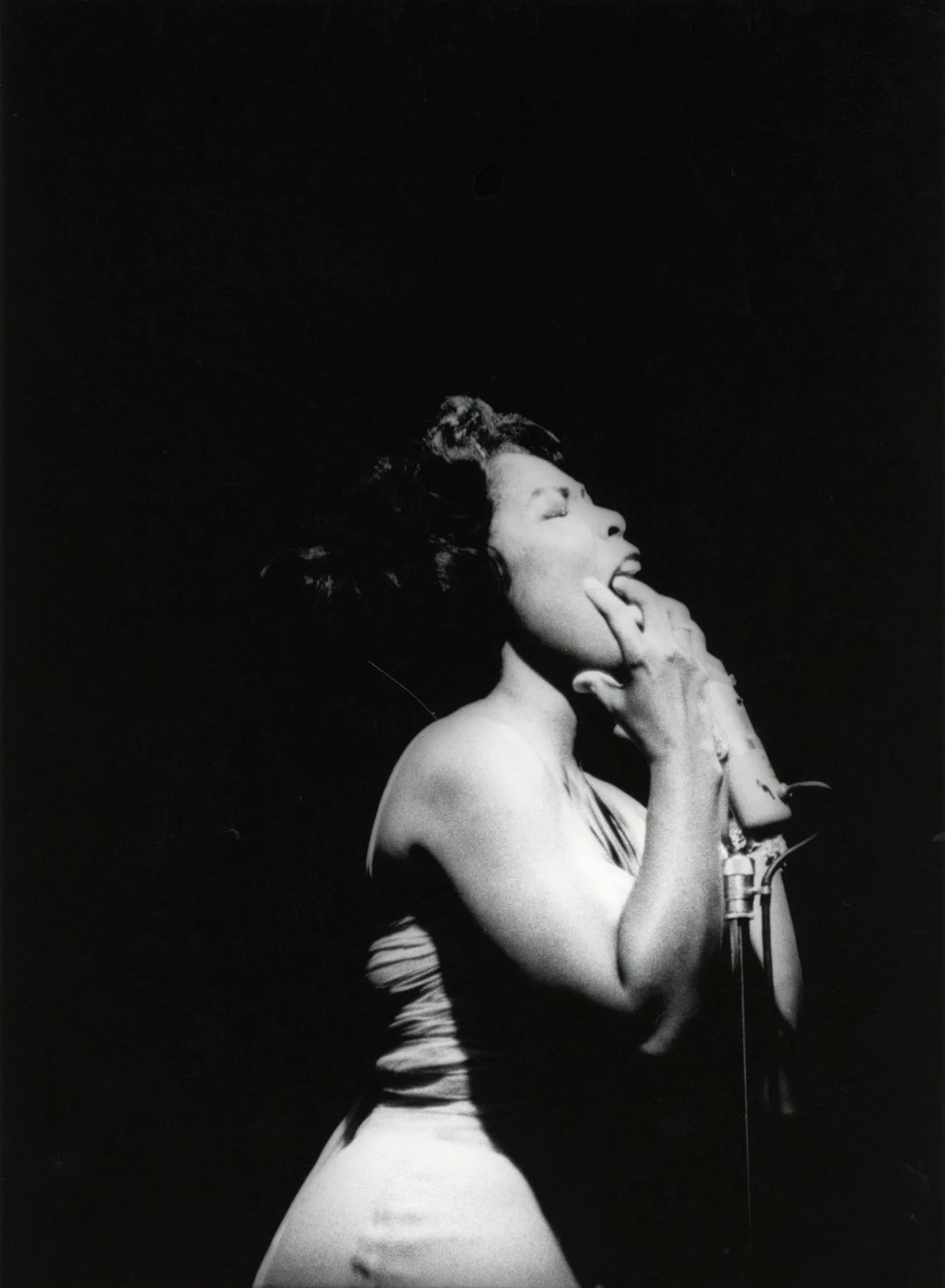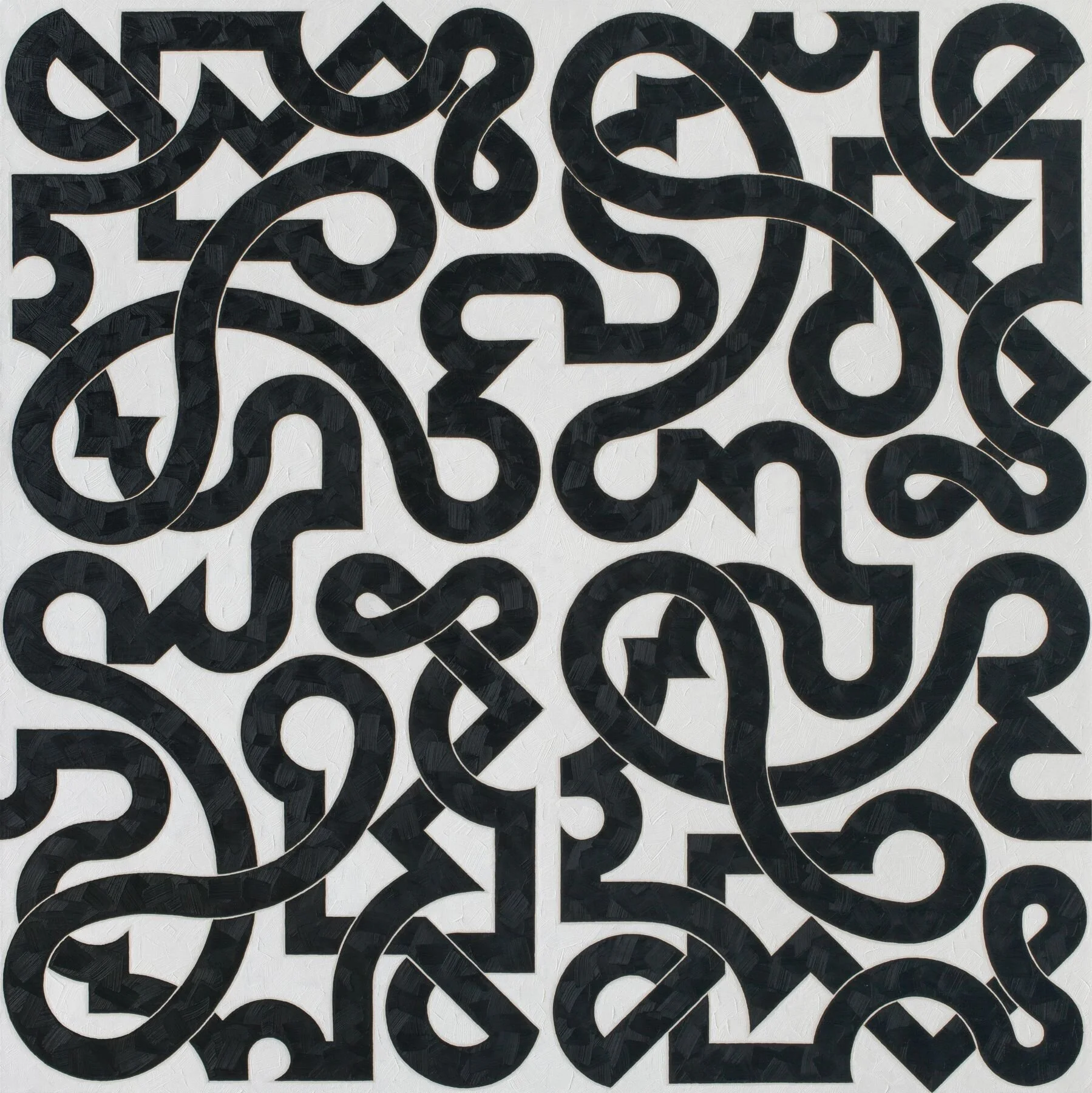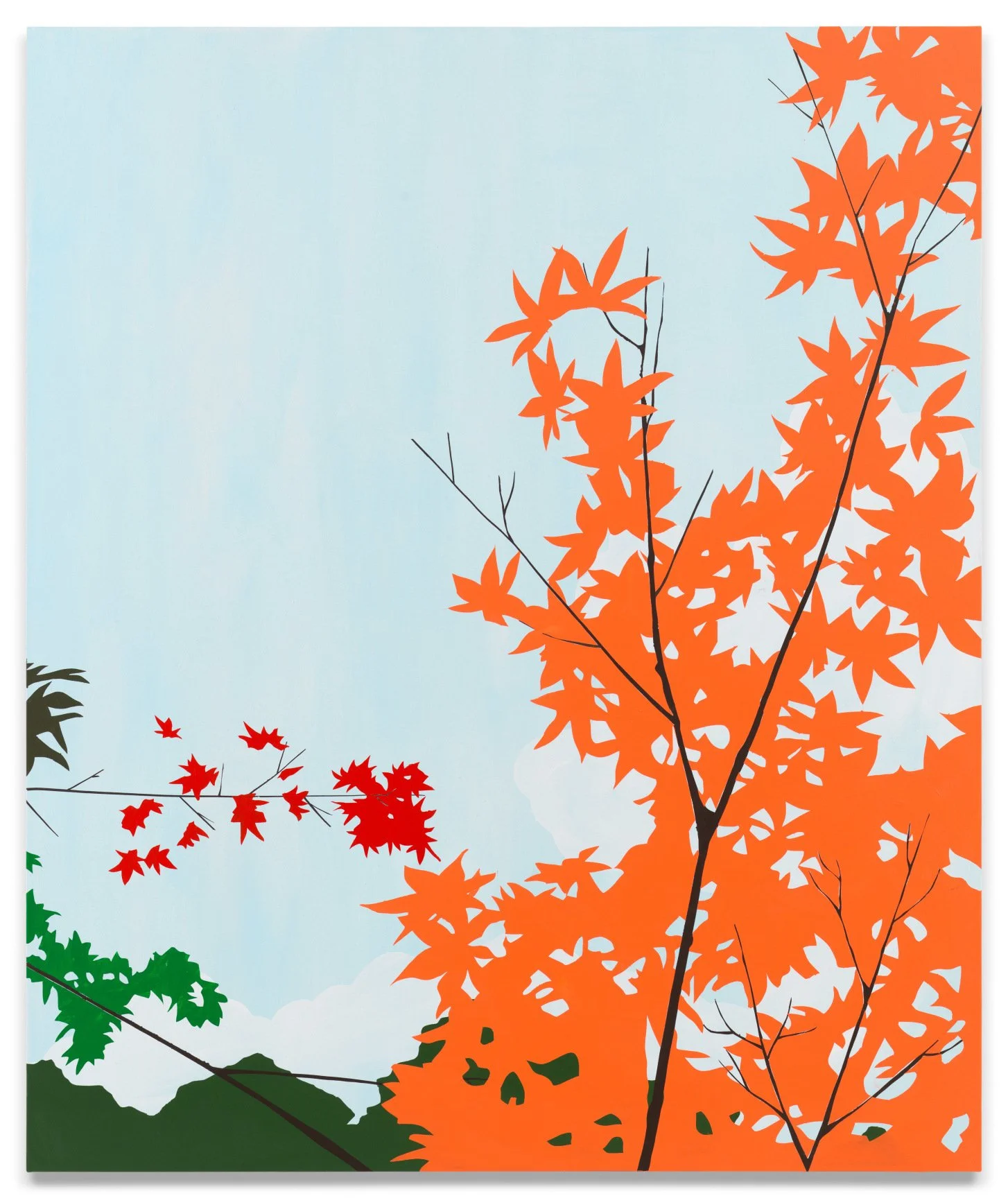Brian Scott Campbell
“Holiday”
Asya Geisberg Gallery
New York, 537b West 23rd Street
“Holiday.” In varying shades of mottled grays with an occasional orange sun, these modestly-sized paintings, if asked to be neatly tucked into a genre, would have to check the “landscape” box. Yet with each thinly painted brushstroke and bloodletting of color, they gallop out of that stricture. One senses instantly that their maker is not looking at any one environment or lived experience, but instead touching on archetypes and conventions of looking and representation. Campbell uses the basic elements of round suns, rectilinear trees, or triangular mountains and sailboats as easily grasped building blocks. And yet, each careful arrangement swims in a deceptively complex pool of allusions to early 20th century American painters, such as Arthur Dove, Marsden Hartley, Charles Burchfield, and Georgia O’Keefe, run through a cartoonish figurative sieve of Philip Guston and John Wesley. Vasily Kandinsky and Hilma af Klimt’s argument for abstraction’s intrinsic spiritual power likewise apply to Campbell’s work.
Brian Scott Campbell "Dial Bender", 2021 Flashe on canvas 20h x 16w in 50.80h x 40.64w cm
Campbell’s earlier work was primarily in drawing with creamy charcoal, its stylized and simplified figuration and tender grayscale echoed in his current paintings. Equally, he has transmitted his first love’s inspiration of cartoons, most noticeably the beginnings almost a century ago of Mickey Mouse. The innocence and populism imbued in those early films, along with their simplified rendering and rhythmic movements – so against the sensory overload of today’s films – add to the feelings of melancholic wistfulness that Campbell’s paintings exploit. We are never sure if the artist wishes to travel back in time, but it remains certain that the works disregard irony as a strategy. His sunsets, scenic vistas, and pastoral sites, resistant to sentimentality or specificity, excite the viewer with the myriad painterly possibilities of these elements – akin to Giorgio Morandi’s endless iterations of seemingly minimal still lifes performing a symphony of expressiveness and chromatic range found in the “dullest” of grays.
Campbell accesses the inherent emotional language of icons of nature and the histories of landscape painting, and mixes it with architecture and figuration, where a tree might insinuate a column, a sailboat a nose, or field a mere outlined triangle. His spaces could be part dream, part surreal fantasy, part art-historical mix-tape. “Like a garden, the spaces I am interested in are at once portals to a physical world and yet completely artificial. As such, the imagery in my work reflects the idea of memory itself, as a collection of both real and fictional experiences," cites the artist.

